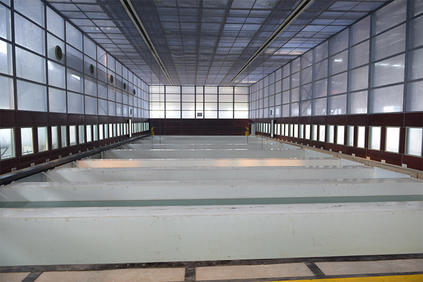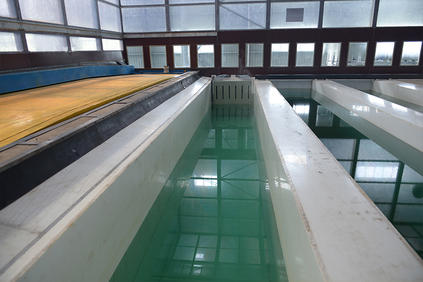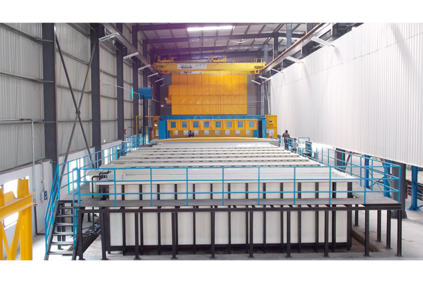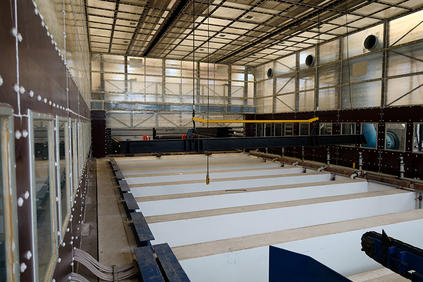Hot dip galvanizing is a widely used method of protecting steel from corrosion. The process involves several key steps, including pre-treatment, which is crucial to ensuring the quality and durability of the galvanized coating. An important aspect of pre-treatment is the use of degreasing tanks as well as heating to prepare it for the galvanizing process.


The first step in the hot-dip galvanizing process is pretreatment, which involves cleaning the steel to remove any contaminants that may interfere with the galvanizing process. This is usually done in a degreasing tank, where the steel is immersed in a hot alkaline solution to remove grease, oil or other organic residues from the surface. The degreasing tank is an important part of the pre-treatment process as it ensures that the steel is thoroughly cleaned before being galvanized.
Once the steel is cleaned in the degreasing tank, it can be pre-heated. This step involves heating the steel to remove any remaining moisture and prepare the surface for the galvanizing process. Heating the steel is important as it helps ensure that the galvanized coating adheres to the surface properly, resulting in a more durable and long-lasting finish.


Once the pre-treatment steps are complete, the steel is ready for the hot-dip galvanizing process. This involves immersing the steel in a bath of molten zinc, which metallurgically bonds to the steel to form a highly corrosion-resistant protective coating. The galvanizing process takes place at high temperatures, usually around 450°C (850°F), to ensure that the zinc coating bonds properly to the steel.
After the steel is galvanized, it is cooled and inspected to ensure that the coating is even and free of any defects. Excess zinc is removed, and the steel is then ready for a wide range of applications, from construction and infrastructure to automobiles and industrial equipment.
To summarize, the hot-dip galvanizing process involves several key steps, including pre-treatment hot-dip galvanizing, the use of degreasing tanks, and pre-treatment heating. These steps are essential to ensure that the steel is properly prepared for the galvanizing process, resulting in a high-quality, long-lasting coating that provides excellent protection against corrosion. By following these steps, manufacturers can ensure that their galvanized steel products meet the highest quality and performance standards.
Post time: Apr-08-2024
